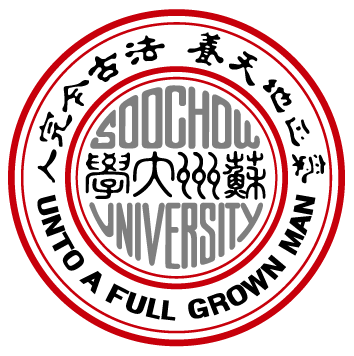SparCL: Sparse Continual Learning on the Edge
Existing work in continual learning (CL) focuses on mitigating catastrophic forgetting, i.e., model performance deterioration on past tasks when learning a new task. However, the training efficiency of a CL system is under-investigated, which limits the real-world application of CL systems under resource-limited scenarios. In this work, we propose a novel framework called Sparse Continual Learning(SparCL), which is the first study that leverages sparsity to enable cost-effective continual learning on edge devices. SparCL achieves both training acceleration and accuracy preservation through the synergy of three aspects: weight sparsity, data efficiency, and gradient sparsity. Specifically, we propose task-aware dynamic masking (TDM) to learn a sparse network throughout the entire CL process, dynamic data removal (DDR) to remove less informative training data, and dynamic gradient masking (DGM) to sparsify the gradient updates. Each of them not only improves efficiency, but also further mitigates catastrophic forgetting. SparCL consistently improves the training efficiency of existing state-of-the-art (SOTA) CL methods by at most 23X less training FLOPs, and, surprisingly, further improves the SOTA accuracy by at most 1.7%. SparCL also outperforms competitive baselines obtained from adapting SOTA sparse training methods to the CL setting in both efficiency and accuracy. We also evaluate the effectiveness of SparCL on a real mobile phone, further indicating the practical potential of our method.






